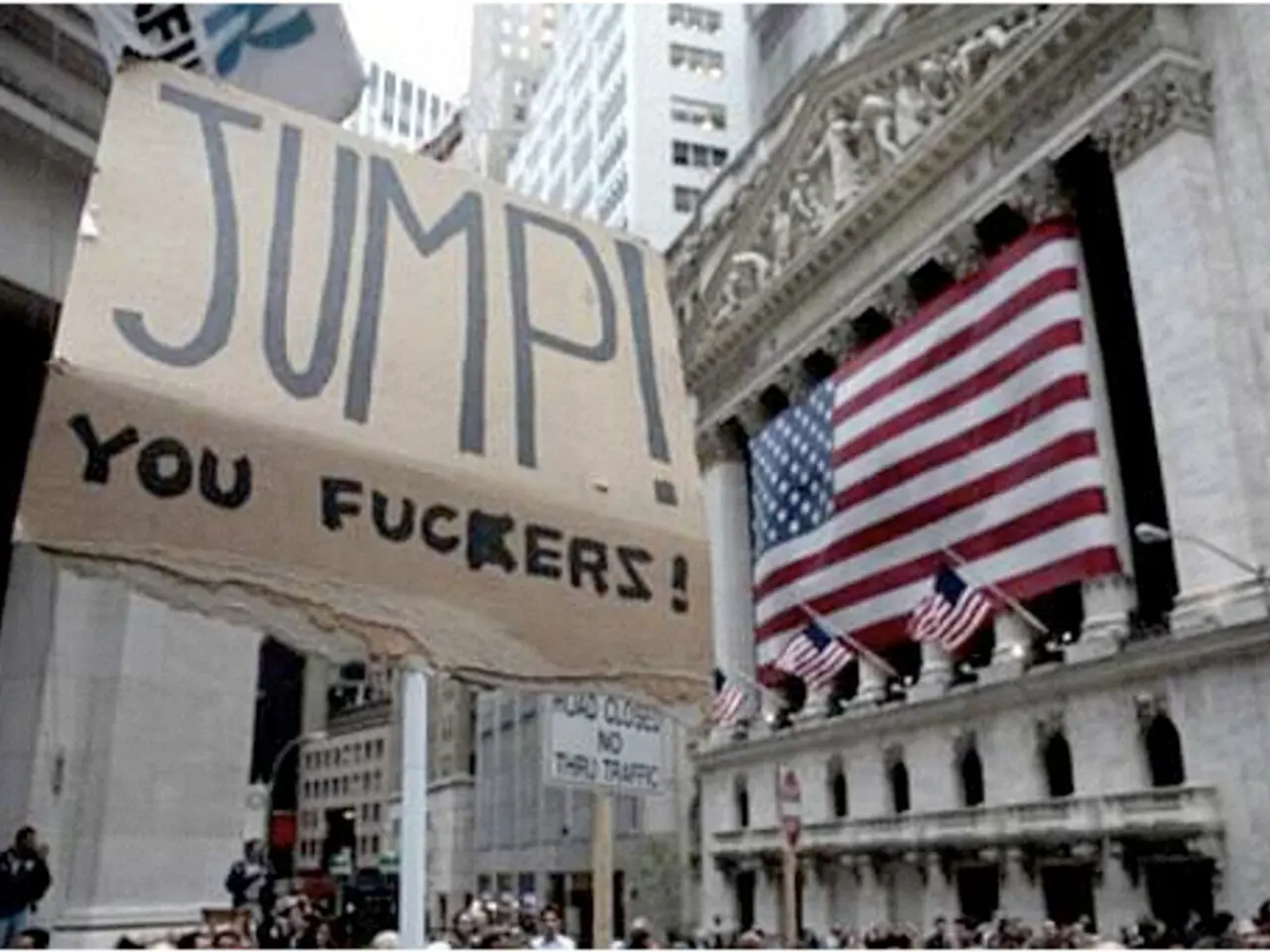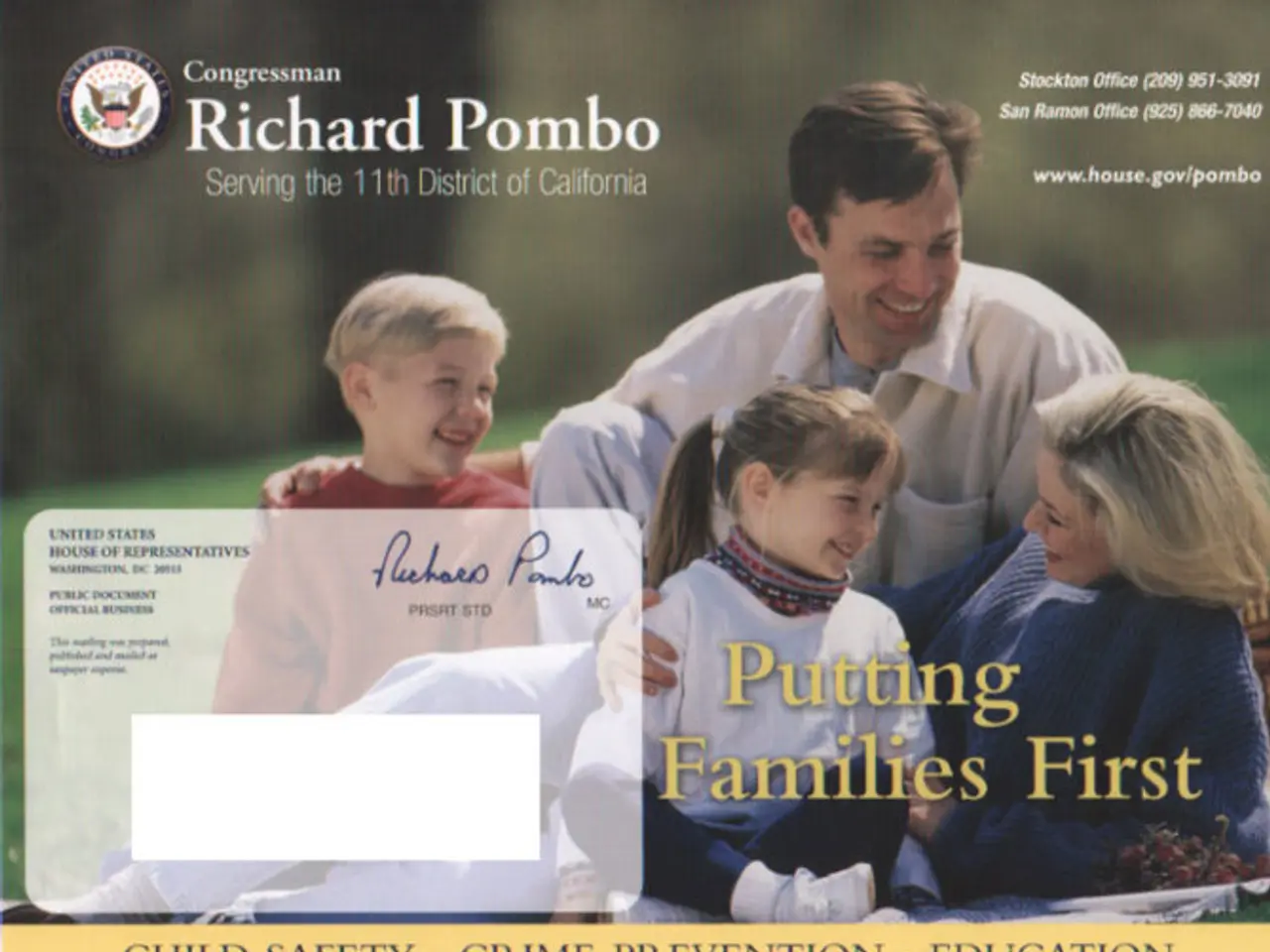Code-Speech Politics Technique
In the realm of political communication, a strategy known as dog whistling has been making waves. This covert tactic allows politicians to subtly signal controversial, often divisive or hateful messages to specific groups, thereby evading direct accountability and censorship while mobilizing base voters.
Dog whistling is a strategic tool used to appeal to particular audiences by embedding coded language that insiders recognize, while outsiders perceive the message as innocuous or ambiguous. This technique gains significance in contexts where overt threatening language risks legal repercussions, such as politically sensitive situations in the U.S., or countries with tightly controlled expression.
The use of dog whistles undermines democratic discourse by promoting intolerance and hate under the radar. It complicates moderation efforts on social platforms and challenges legal frameworks against hate speech and incitement. This tactic contributes to a toxic political climate marked by polarization and social division, as witnessed globally.
For instance, in India, elections have seen a rise of communal and caste-based dog whistles, accompanied by coordinated social media attacks that damage democratic engagement. These covert signals not only encourage hostility towards marginalized groups but also weaken the rule of law and social cohesion when state and political actors tacitly allow or ignore such rhetoric.
Detecting dog whistles poses technical challenges due to their dual meanings—benign on the surface but harmful in context. This duality allows them to evade automated hate speech detection systems and content moderation efforts, increasing their potency and persistence in political communication.
The fight against dog whistling begins with awareness. Understanding what dog whistling is and how it works equips us to better recognize when it occurs. Phrases like "law and order," "family values," "anti-national," "urban naxal," or "illegal infiltrators" have often served as dog whistles in different contexts, containing hidden meanings or appeals to prejudice such as racism, sexism, or homophobia.
Politicians who employ dog whistling often aim to avoid appearing extremist while still appealing to their base voters. This strategy can be a potent force for maintaining the existing power dynamic in society by reinforcing the beliefs and prejudices of those already in positions of power.
Improving media literacy, encouraging fact-checking, and promoting transparent political communication can reduce the impact of dog whistling. By fostering a more informed public, we can counteract the divisive and polarizing effects of this covert strategy and strive for a more harmonious and inclusive political discourse.
- The rise of dog whistling on social media in India has been accompanied by a surge in communal and caste-based messages that undermine democratic engagement, encourages hostility towards marginalized groups, and weakens social cohesion.
- By embedding coded language that insiders recognize, dog whistling poses a challenge to legal frameworks against hate speech and incitement, as these messages can evade automated detection systems and moderation efforts.
- Politicians who employ dog whistling often aim to appear moderate while still appealing to their base voters, making it a potent force for maintaining the current power dynamic in society by reinforcing existing beliefs and prejudices.








